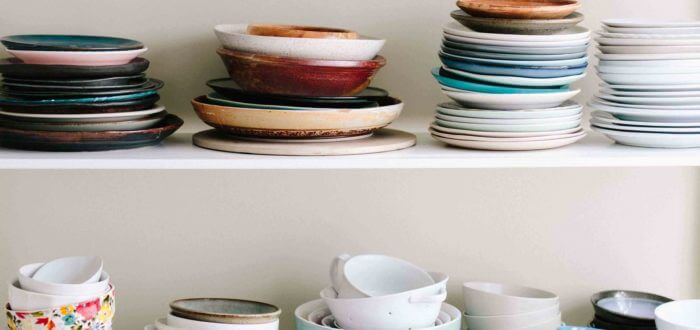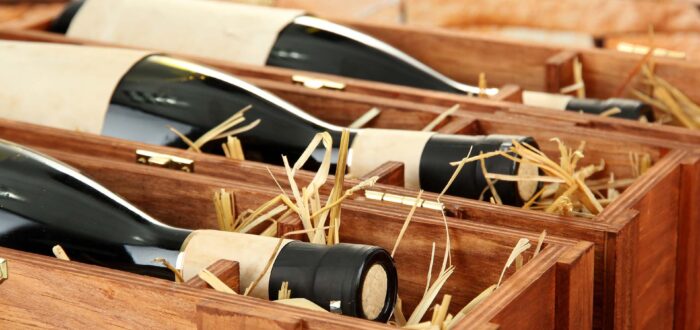

How to Pack a Coffee Maker – Tips, Tricks, and Hacks
Posted in How-to on December 11, 2023
Are you moving cross-country but are not sure how to pack a coffee maker safely? Fret not, as we unveil tried-and-true tips, tricks, and ingenious hacks to secure your beloved brewer. From the initial clean-up to the final tape strip, we’ll guide you through a foolproof packing process. Whether you’re a seasoned mover or facing the packing puzzle for the first time, our insights will ensure that your journey is as smooth as your morning espresso.
How Many Cups of Coffee Do Americans Consume Daily?
In the United States, coffee is a daily staple, with over half the population, 63% to be precise, beginning their day with a trusted cup of joe. On average, a coffee enthusiast in the US enjoys three cups daily. This is a considerable amount, given that around 170 million residents are dedicated coffee consumers. Staying within the US Food and Drug Association (FDA) advised caffeine threshold of 400 milligrams, roughly equivalent to four cups of coffee, Americans typically keep their intake in check.
Why Packing a Coffee Maker Correctly is Important
This appliance is not just another kitchen item or accessory. It’s an everyday necessity for millions who rely on it for their daily dose of caffeine. Ensuring it arrives intact at your future destination means protecting an integral part of your daily routine.
Moreover, coffee makers often represent a significant investment, with some models costing up to $2,500. Inadequate packing could result in damage that isn’t just inconvenient but also expensive.
Fragile Components Need Extra Care
Within your appliance, several components are particularly sensitive and require extra care during packing. The carafe, often made of glass, is susceptible to cracking or shattering.
Similarly, the water reservoir, heating elements, and any digital displays are delicate and can suffer from mishandling. These parts not only need to be secured individually but also protected from vibrations and jostles for a stress-free relocation journey.
Proper Boxing-up Techniques Will Maintain Its Functionality
Correct packing strategies and techniques involve more than just tossing the appliance into a box. It requires the generous use of padding and supports to prevent internal components from shifting.
If not done the right way, it could lead to loosened connections or broken parts. So make sure that your item is securely nestled within the box, with ample cushioning, which will help maintain its structural integrity.
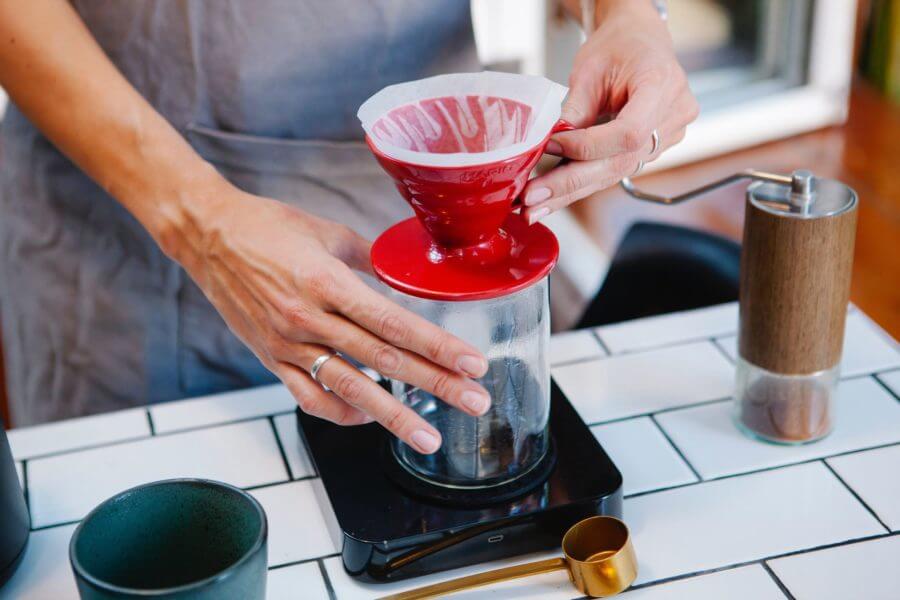
Gather All the Packing Materials You’ll Need
When it comes to relocating appliances, the caliber of your packing materials can make a significant difference. High-quality supplies are not just about preventing breakage. They’re about providing the best defense against scratches, dents, and other transit-related damages.
These materials also ensure that your appliance is shielded from dust, moisture, and temperature changes that can occur during transit. Investing in the right supplies is investing in the longevity and continued performance of your item. Here’s a list of different packing materials that are necessary for the safe relocation process:
- Sturdy boxes – opt for original packaging or heavy-duty boxes that can handle the weight and prevent crushing.
- Bubble wrap – this provides a protective layer that cushions against impacts.
- Clean paper – use this for the initial wrap to prevent scratches and fill gaps in the box.
- Foam peanuts – these are excellent for filling voids in boxes and preventing shifting.
- Foam padding – It’s ideal for extra protection around the most delicate parts.
- Stretch wrap – this can help keep detachable parts together and secure.
- Corrugated cardboard sheets – place these between wrapped items for additional barrier protection.
- Sealing tape – a strong tape is necessary to keep the box sealed and intact.
- Marker pens – label each box with its contents and handling instructions.

Follow These Preliminary Steps Before Packing Your Appliance
Before you wrap up your appliance, a few preliminary steps are essential to ensure its safety and readiness for use after you relocate to your new home. Ensure you have your user manual handy. It’s your best reference for proper handling and reassembly.
Have a relocation checklist of all the parts and accessories of your appliance. This is a good reference as it will ensure everything is accounted for during the boxing-up process and after the relocation.
Clean and Dry Your Appliance to Avoid Odors and Molding
Residual moisture can be a breeding ground for mold, while leftover coffee grounds or oils can develop into unpleasant odors. Begin by wiping down the exterior with a soft, damp cloth.
For interior cleaning, run a brew cycle with equal parts water and vinegar to sanitize the system. Followed by a cycle of plain water to rinse. Allow all components to air dry completely, which may take several hours or overnight.
Check the video below for three easy steps on how to clean your appliance before relocation.
Disassemble Your Coffee Maker if Possible
If your device can be disassembled, doing so will minimize the risk of damage during transport. Refer to your user manual for instructions on which parts can be safely removed.
Common detachable parts include the brew basket, carafe, water reservoir, and any removable base or stand. Wrap each piece individually in bubble wrap or packing paper. Pay special attention to glass components like the carafe. Secure the smaller parts in a separate bag or box to prevent loss.
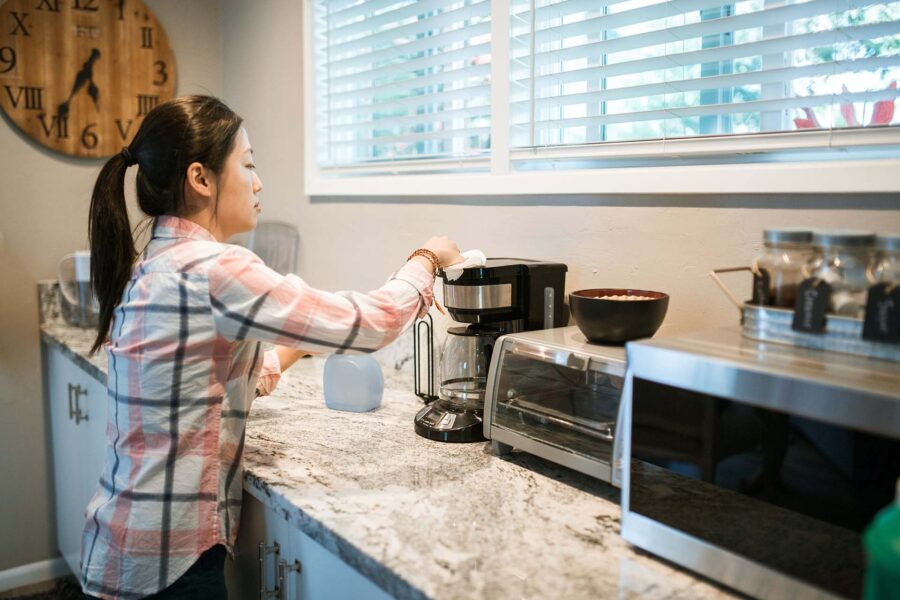
Step-By-Step Guide to Successful Packing
Adhering to a structured boxing-up process is critical for the protection of your appliance during relocation. This systematic approach ensures each part is accounted for and properly safeguarded, reducing the risk of damage. The steps outlined below are designed to offer your cherished appliance the best chance of surviving relocation without a scratch.
Step 1: Secure All the Fragile Parts
Begin with the most vulnerable components of your appliance. Fragile items like the glass carafe and filter basket require careful wrapping with materials such as bubble wrap.
Secure the wrap with tape, ensuring that no sharp edges are exposed, which might scratch other parts. Once wrapped, place these components separately in a box filled with soft material to isolate them from shocks and vibrations during transit.
Step 2: Utilize Safe Practices for a Proper Storing
Storing your appliance in the box safely is paramount. Start by placing the heaviest part at the bottom, ideally its main body, after it has been wrapped securely.
This creates a stable base and prevents heavier components from damaging lighter, more delicate ones. Ensure that the appliance sits level and does not tilt within the box. If you don’t do it properly, you could cause internal components to dislodge.
Step 3: Use Ample Cushioning
Cushioning is not just filling space. It’s about creating a buffer zone that absorbs impacts. Use a generous amount of cushioning materials around and between the wrapped components. The goal is to immobilize the appliance within the box, preventing any movement that could lead to damage during handling and transport.
Step 4: Seal and Label for Easier Handling
The last step involves sealing the box securely with strong duct tape. Reinforce the bottom and any seams that might be subjected to stress. After sealing, utilize relocation labels to mark the contents and handle instructions on the side of a crate.
Indicate which side should face up. Also, don’t forget to mark the packaging as fragile to alert movers to handle the box with extra care. Proper labeling streamlines the whole process and helps ensure that your appliance is given the attention it requires.
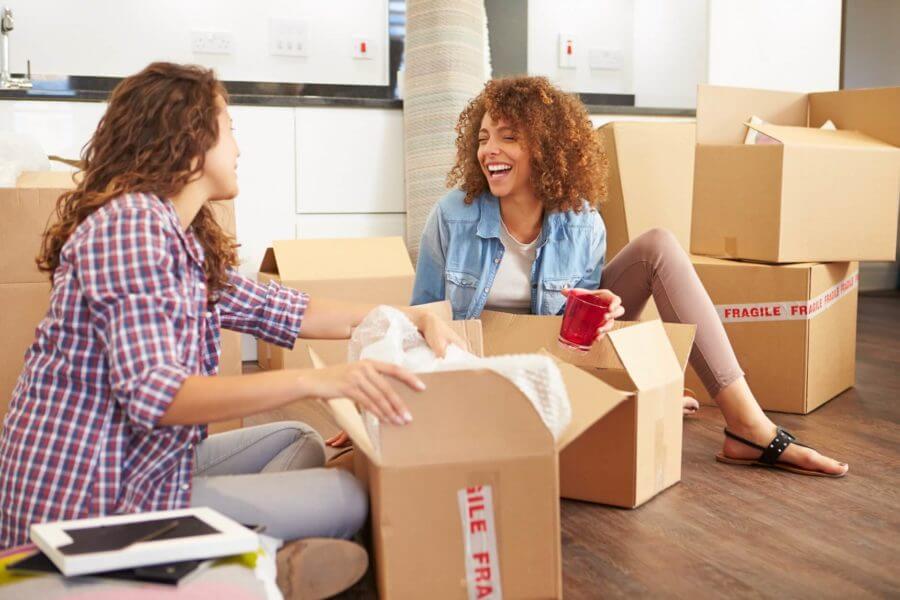
Some Additional Tips, Tricks, and Hacks for Smooth Packing
Supplementing basic storing methods with trusted and tried tips, tricks, and hacks can streamline the whole process. It can even enhance the safety of your item during transit. These clever relocation hacks can save time, reduce waste, and simplify the unpacking process, making your relocation more efficient.
DIY Cushioning Ideas Can Be a Good Way to Save Some Money
Instead of spending on ample cushioning materials, you can utilize items from around your home. Soft goods such as towels, blankets, and even socks provide excellent padding for delicate items. They can even fill voids in boxes and prevent shifting.
Excess packing paper can be crumpled into balls for shock absorption. Egg cartons are also an added creative storage for protecting smaller, fragile components and accessories. It can be easily nestled for extra safety.
Labeling Hacks Will Make Your Unboxing So Much Easier
Innovative labeling can significantly simplify the setup at your future location. Consider using symbols or drawings to denote the box’s contents, like a simple coffee cup icon. This visual cue can quickly tell you what’s inside without reading the fine print.
For multi-part appliances, a relocation inventory on the box’s side can help confirm that all components are present at a glance. Lastly, attaching a small bag or envelope to the outside of the box containing screws, knobs, or other small detachable parts can ensure these crucial pieces are immediately at hand during unpacking.

Hire Cross Country Movers and Avoid Relocation Stress
Moving across the country is no small feat. Without a systematic approach to boxing up your belongings and the use of high-quality packing supplies, the task can become a lot more challenging. Quality wrapping and cushioning are the cornerstones of a successful move, and that’s where Cross Country Movers specialized packing services shine.
Our team utilizes industry-leading materials to protect your items, ensuring they arrive safely at your destination. Embark on your journey with confidence by entrusting our company to mitigate relocation stress and transform your whole experience into a seamless adventure.
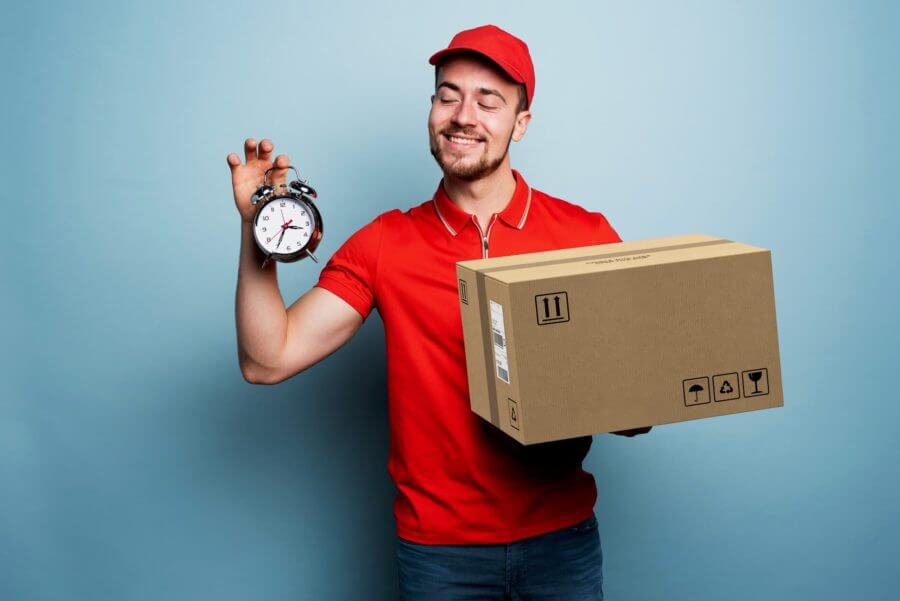
Let Our Professional Show You How to Pack a Coffee Maker Properly
Securing valuable items for relocation is crucial, and precision is key. If you’re uncertain about what needs to be done, hire movers for the job. Our professionals at Cross Country Movers are equipped with the expertise and resources to safeguard your coffee maker and much more.
We pride ourselves on delivering exceptional cross-country moving services, guaranteeing meticulous handling of your belongings. Ready to experience a seamless move? Reach out to us and schedule our skilled crew. Allow us to elevate your relocation experience just as a great cup of coffee uplifts your day.
FAQ
Can I Pack and Ship a Coffee Maker in Its Original Box?
Yes, storing your item in its original box for relocation is ideal. Manufacturers design these boxes with custom inserts that snugly secure the appliance, offering optimal protection during transport.
How to Pack a Coffee Maker Glass Carafe for Shipping?
To protect this glass part, wrap it individually in bubble wrap or packing paper. Consider a double layer for extra safety, and fill any empty spaces in the box with soft materials to prevent its movement.
Do I Need to Empty the Water Reservoir Before Packing?
It is advisable to empty the water reservoir before packing. This prevents leakage and potential water damage, which could compromise the device’s functionality and durability.
Can I Leave Coffee or Filters in the Coffee Maker While Moving?
It’s best to remove coffee beans and filters from the appliance when moving. Pack these items separately in airtight containers to maintain freshness and prevent spillage or odor transfer.
What Should I Do if My Coffee Maker Gets Damaged During the Move?
If your appliance sustains damage during the move, photograph the issue and compare it with pre-move photos. Contact your service provider and inform them about the situation. Always handle situations like these through authorized services to ensure the safety and longevity of your device.


